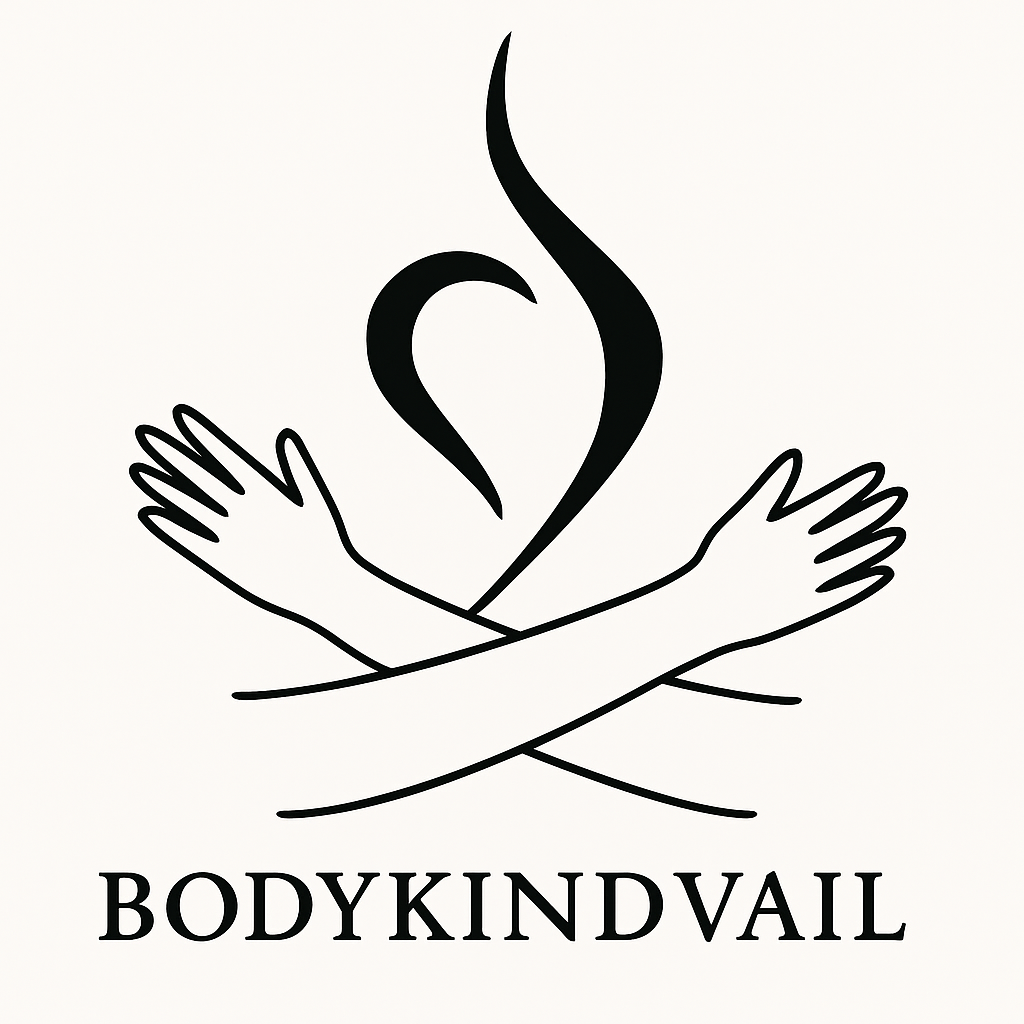Men and Eating Disorders: Breaking the Silence
When most people think of eating disorders, they often picture young women. But the reality is that eating disorders affect people of all genders—and men are too often left out of the conversation. In mountain towns like Vail, Colorado, where outdoor performance, endurance sports, and physical appearance are highly valued, the pressure on men can be just as intense—and just as dangerous.
The Hidden Struggle
Research shows that 1 in 3 people with an eating disorder is male, yet they are less likely to seek help due to stigma, shame, or not recognizing their symptoms as disordered eating (NEDA, 2023). Many men don’t fit the stereotypical image of someone with an eating disorder, so warning signs go unnoticed, both by themselves and others.
This silence can be especially harmful in places like Vail, where athletic performance, leanness, and peak fitness are often prized. These cultural norms can mask harmful behaviors like extreme dieting, compulsive exercise, and body dysmorphia—especially among endurance athletes who are constantly pushing their physical limits.
Endurance Athletes and Disordered Eating
Men in sports like cycling, skiing, long-distance running, and triathlon may face intense pressure to maintain a certain weight or body composition. In Vail, these sports are not just hobbies—they're lifestyle pillars, career paths, and even social currency.
Disordered eating can easily be disguised as “discipline” or “training” in this environment. But over time, chronic under-fueling, excessive exercise, or fixation on food and body image can lead to serious physical and mental health issues, including:
Low testosterone and bone density loss
Heart complications
Depression and anxiety
Increased injury risk and burnout
Barriers to Help
Unfortunately, many men hesitate to reach out. Common barriers include:
Stigma: Eating disorders are wrongly seen as a "female issue."
Lack of representation: Most treatment messaging and support groups are geared toward women.
Cultural norms: In mountain communities, there's a strong narrative around toughness, stoicism, and self-reliance.
At BodyKind Vail, we are working to shift this narrative. We offer peer support, meal-time guidance, and education that’s inclusive of all genders. Our mission is to ensure no one feels alone, regardless of how their eating disorder looks or who they are.
What You Can Do
Talk about it: Normalize conversations about body image and mental health among men.
Watch for signs: Over-exercising, food guilt, rapid weight loss, or withdrawal may be warning signs.
Share resources: Point friends, teammates, or loved ones to local support—like BodyKind Vail.
Be part of the shift: Support nonprofits, programs, and outreach that acknowledge men in eating disorder prevention and recovery.
Resources
National Eating Disorders Association (NEDA) – Men and Eating Disorders
The Alliance for Eating Disorders Awareness – Male Voices
Project HEAL – Offers financial support and peer mentorship for individuals of all genders
Eating Recovery Center (Denver, CO) – Specialized care for athletes and men

